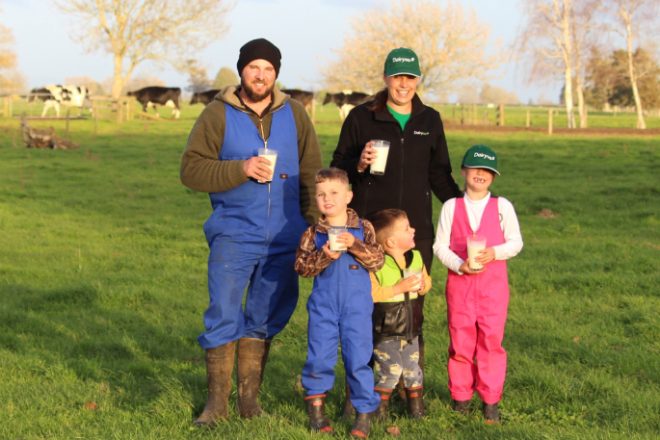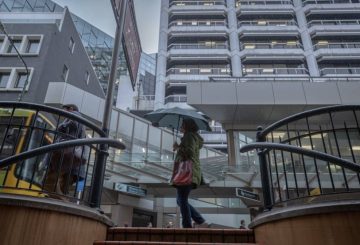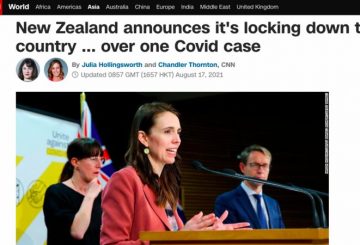낙농산업은 항상 뉴질랜드 경제의 주요 부분을 차지하며 지역 사회를 지원하고 전 세계에 고품질 영양을 공급해 왔습니다.Dairynz와 뉴질랜드 유제품 회사 협회는 6월 1일 세계 우유의 날을 맞아 이러한 성과를 기념합니다.
DaiRynz CEO인 캠벨 파커 (Campbell Parker) 는 세계 우유의 날은 농민, 유제품 회사 및 전체 부문이 뉴질랜드의 미래에 미치는 긍정적인 영향을 인정하기에 완벽한 시기라고 말합니다.유엔 식량농업기구 (FAO) 가 제정한 이 날은 우유와 유제품 부문의 세계적 중요성을 잘 보여줍니다.
캠벨은 뉴질랜드 농부들이 생산한 우유가 9천만 명의 사람들에게 매일 2.5인분의 유제품을 공급한다고 말합니다.이러한 상당한 기여는 농부들이 토지와 동물에 대한 헌신에서 시작하여 전체 공급망으로 이어져 소비자, 지역 사회 및 국가에 혜택을 주고 있습니다.
DCANZ의 전무이사인 킴벌리 크루더 (Kimberly Crewther) 는 농부들이 생산한 고품질 우유를 1500가지 이상의 다양한 유제품으로 전환한다고 설명합니다.이러한 제품은 130개 이상의 국가로 수출되며, 이는 뉴질랜드가 무역을 통해 벌어들이는 4달러 중 1달러에 해당합니다.
Kimberly에 따르면 낙농 부문의 성공은 농민, 낙농 회사 직원 및 파트너 산업이 참여하는 공동의 노력입니다.2024년 4월말까지 유제품 수출은 255억 달러의 수익을 창출했으며 약 55,000명의 사람들에게 일자리를 창출했습니다.
낙농가와 기업이 창출한 경제 활동에는 현지 상품 및 서비스에 지출한 79억 달러와 유제품 가공업자가 지출한 50억 달러가 포함됩니다.낙농가와 가공업자는 각각 다른 모든 산업의 1/3과 4분의 1 이상에서 가장 많이 구매하는 구매자 상위 10위 안에 속합니다.
킴벌리는 우유가 영양의 원동력으로서 전 세계 식품 시스템의 필수 영양소 29가지 중 23가지를 공급한다고 강조합니다.여기에는 식이용 칼슘 공급량의 48% 와 단백질의 12% 가 포함되지만 칼로리의 비율은 7% 에 불과합니다.유제품은 삶의 모든 단계에서 다이어트에 매우 중요합니다.
캠벨은 세계 우유의 날은 농부들이 자원봉사를 통해 지역 교육, 보존, 멘토링 및 응급 서비스에 기여하는 경우가 많기 때문에 낙농가가 지역 사회에서 차지하는 중요한 역할을 인정할 수 있는 기회라고 강조합니다.
Kimberly는 낙농 분야가 농업 및 낙농 과학부터 판매 및 물류에 이르기까지 뉴질랜드 사람들에게 다양한 직업 기회를 제공한다고 덧붙입니다.글로벌 네트워크를 통해 역동적인 낙농 부문에는 흥미로운 기회가 있습니다.






























































